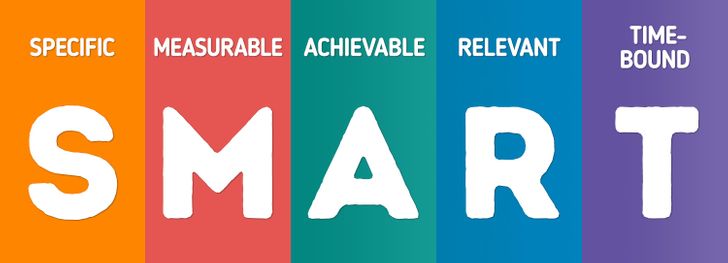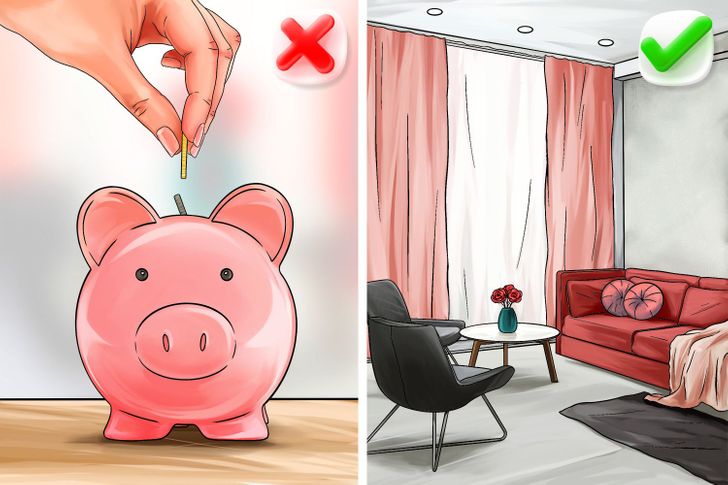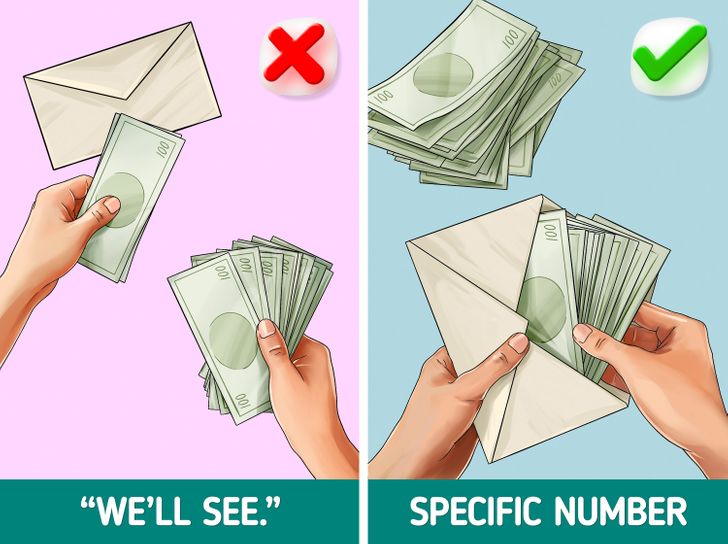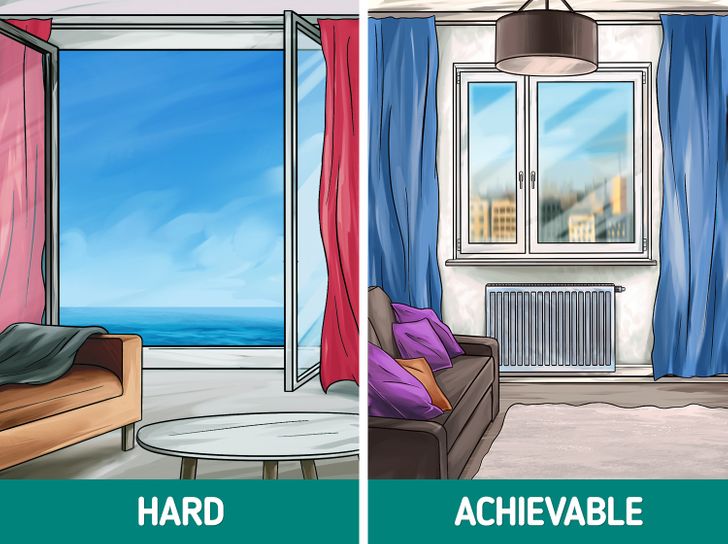How to Write SMART Goals
In 1981, George T. Doran, a consultant and former director of corporate planning for the Washington Water Power Company, published a paper called, “There’s a SMART Way to Write Management’s Goals and Objectives.” In the article, he introduces SMART goals as a tool to create to improve the chances of succeeding in accomplishing a goal.
We at 5-Minute Crafts want to tell you what SMART is and how to write goals according to this system. We’ll use the example of saving money.
SMART acronym

SMART — is an acronym:
-
S — Specific
-
M — Measurable
-
A — Achievable
-
R — Relevant
-
T — Time-bound
The parts of the acronym are the characteristics of the goal that should be used to achieve the result you need.
S (Specific)

Your goal has to be specific so you can concentrate on achieving it. These questions will help you set the goal:
- What exactly do I want to achieve?
- Why is this goal important?
- What resources do I have?
- What are the limitations?
For example, if you want to save money, decide what you need it for: do you want a passive income, a college degree, or enough for a down payment?
If you are saving for a down payment, are you planning to live in the new apartment or rent it out? If you’re renting, maybe there are other better investment options? If you’re going to live there, where should the apartment be and what should it be like? Are you going to save alone or with someone? Do you have any extra income sources? Answer these questions and set a clear goal.
M (Measurable)

Your goal should be measurable. It makes it more real and helps you see if you’re making real progress. You can measure the goal by asking “How much” questions. For example, “How much do I need for a down payment?” or “How much money do I have to save a month?”
Also, there are non-financial goals like doing something at work or entering college. You can measure them by the number of steps you need to make to achieve the goal.
A (Achievable)

Your goal should be realistic. It should go a bit beyond what you can do now, but still be possible to achieve in the future. Think about whether you have the necessary skills and tools and answer these questions:
- How can I achieve my goal?
- How realistic is this goal considering the limitations I have?
For example, you’re dreaming of a palace downtown with a sea view. But if you analyze your income, you realize that you only have enough for a 2-bedroom apartment, not far from downtown. So, you should probably choose the more realistic goal of the 2.
R (Relevant)

Your goal should still work with other goals and circumstances in your life. Try answering these questions:
- Is this goal worth it?
- Is it the best time to go for it?
- Do I really need it?
- Is it possible to achieve at this moment?
In our example about the down payment, it looks like a good and important goal but only at a certain point in life. A student without a stable income will not be able to achieve this. It will only lead to disappointment. But an experienced worker can already plan a big purchase like that.
T (Time-bound)

Set a specific timeframe for when the goal should be achieved. Answer these questions:
- When should the goal be achieved?
- What am I supposed to do in one month, 6 months, one year, or any other significant time period?
- What should I do today?
In our example, if we are just going to put aside money for a down payment, we don’t know when we will have enough. It’s easy to lose motivation this way. But if we know the time limit, for example, 2 years, the goal becomes more specific. This way, you can do the calculations and have a specific amount of money to save every month.
SMART goals
SMART is a tool that can help you set an achievable goal. According to this system, a goal is SMART if it’s:
- Specific (mortgage for a 2-bedroom apartment not far from work)
- Measurable (let’s say it costs $65,000 with a down payment of $10,000)
- Relevant (you have a good job and you’re not planning to move to a different city)
- Time-bound (2 years)
The SMART method is often used to set work goals, but as you can see, you can use it to achieve your personal goals too. All you have to do is analyze your goal by the parameters and adapt the goal if needed.